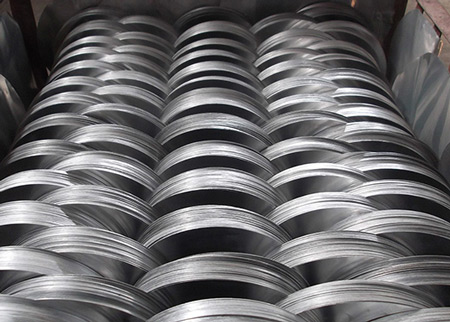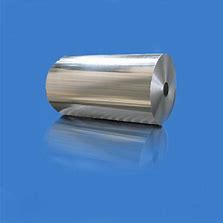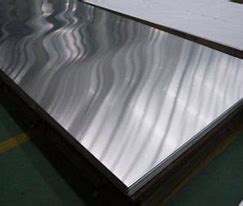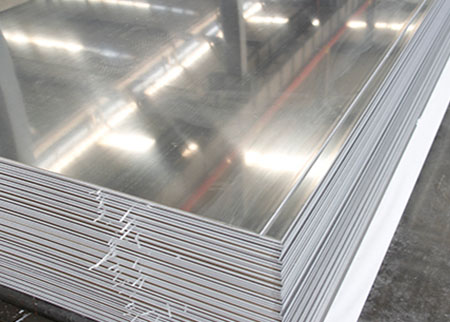



Energy saving and emission reduction and protecting the environment are hot issues in today's society. In automobile production, increasing the use of aluminum materials, replacing steel with aluminum, and reducing the weight of automobiles are important means to achieve energy saving and emission reduction. 6082 aluminum sheet has low density and is relatively high strength, good impact resistance and excellent welding and extrusion formability. So 6082 aluminum sheets for sale are widely used in the production of auto body parts. When the traditional fusion welding method is used to weld aluminum alloys, there is a relatively high deformation of the weldment. There are many problems such as serious welding defects and low joint strength. Friction stir welding (Friction Stir Welding, FSW) is a new type of solid-phase joining technology, which is especially suitable for the welding of aluminum and magnesium alloys because of its unique welding principle.
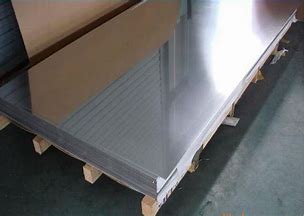
In this article, friction stir welding technology is used to conduct welding experiments on 6082 aluminum sheet hot extruded profiles for automobile bodies with a thickness of 5 mm. The influence of welding parameters on the microstructure and mechanical properties of joints is analyzed, and welding joints with excellent performance are obtained by optimizing process parameters. The joints obtained under the process were subjected to post-weld heat treatment to analyze the effect of heat treatment process on the microstructure and mechanical properties of the joints. Finally, an experimental study on the friction stir spot welding process of 6082 aluminum sheets was carried out to explore the effect of welding parameters on the mechanical properties of spot-welded lap joints. Influence. The friction stir welding experiment shows that welding defects can be eliminated by proper pre-welding treatment and welding process parameter optimization, and a welded joint with smooth surface and excellent performance can be obtained for sale.
The joint structure is divided into four areas: base metal area, heat-affected zone, The heat engine affected zone and the weld nugget zone. The weld nugget zone undergoes dynamic recrystallization to form fine equiaxed grains and the grain size becomes smaller. After friction stir welding, the coarse α-(AlFeMnSi) phase in the base metal of 6082 aluminum sheets does not disappear, and part of the needle-like β'' phase dissolves in the matrix. With the increase of welding speed, the grains in the weld nugget area become finer. When the rotation speed is 1200r/min and the welding speed is 200mm/min, the weld nugget area The grains are the smallest, with an average grain size of 3.8mm. The hardness distribution of the joint along the cross-sectional direction is W-shaped, the hardness value of the base metal area is the highest, and the hardness value of the weld nugget area is higher than that of the heat-affected zone and lower than that of the base metal. When ω/ When ν is kept within a certain range, the hardness value of the joint does not change much, but when the rotation speed is 1200r/min and the welding speed is 40mm/min, the overall hardness value of the joint is low due to the excessive heat input. When the speed increases, the tensile strength of the joint 6082 aluminum sheet first increases and then decreases. When the rotation speed of the stirring head is 1200r/min and the welding speed is 200mm/min, the tensile strength of the joint is the highest, reaching 236MPa, which is 74.0% of the tensile strength of the base metal.
* Thank you for your inquiry. Please provide your business needs information so that we can better serve you.
This information can help us assign the most suitable person to solve your problem. We will give you feedback within 1-2 working days.
Related Blog
